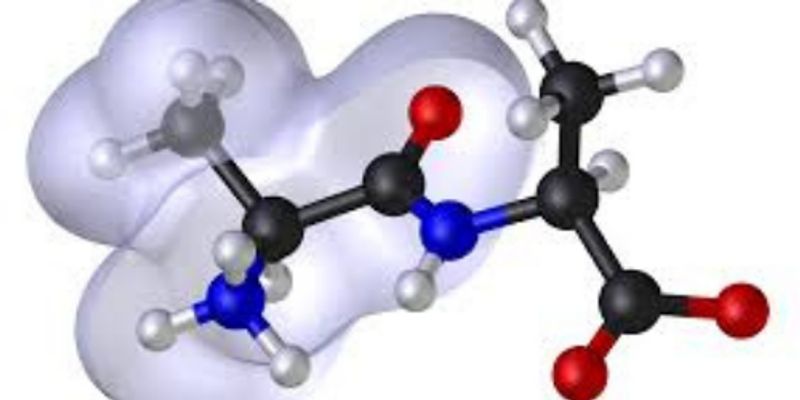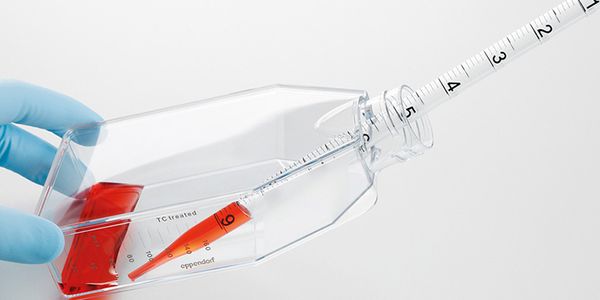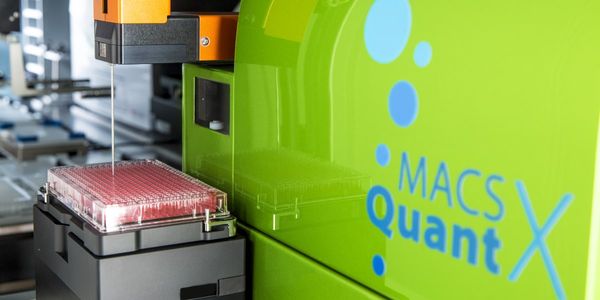OCT 01, 2019 | 10:00 AM
DATE: October 1, 2019TIME: 10:00am PDTThe toxicological testing market is no stranger to the principle of the three Rs of research: replacement, reduction, and refinement. With that to...
OCT 01, 2019 | 8:00 AM
DATE: October 1, 2019TIME: 8:00am PTIn the webinar, Introduction to Characterization of Biomolecules Using Analytical Ultracentrifugation, we discussed the fundamentals of analytical...
SEP 30, 2019 | 8:00 AM
DATE: September 30, 2019TIME: 8:00am PDT, 11:00am EDT, 5:00pm CEST Expression quantitative trait loci (eQTLs) are SNPs that have an influence on expression levels of genes, and the ident...
Scientific conferences are most beneficial to participants when they showcase significant new experimental developments, accurately summarize the current state of the field, and provide stron...
Plants recruit soil microbes that provide nutrients, promote growth and protect against pathogens. However, the full potential of microbial communities for supporting plant health and agricul...
























